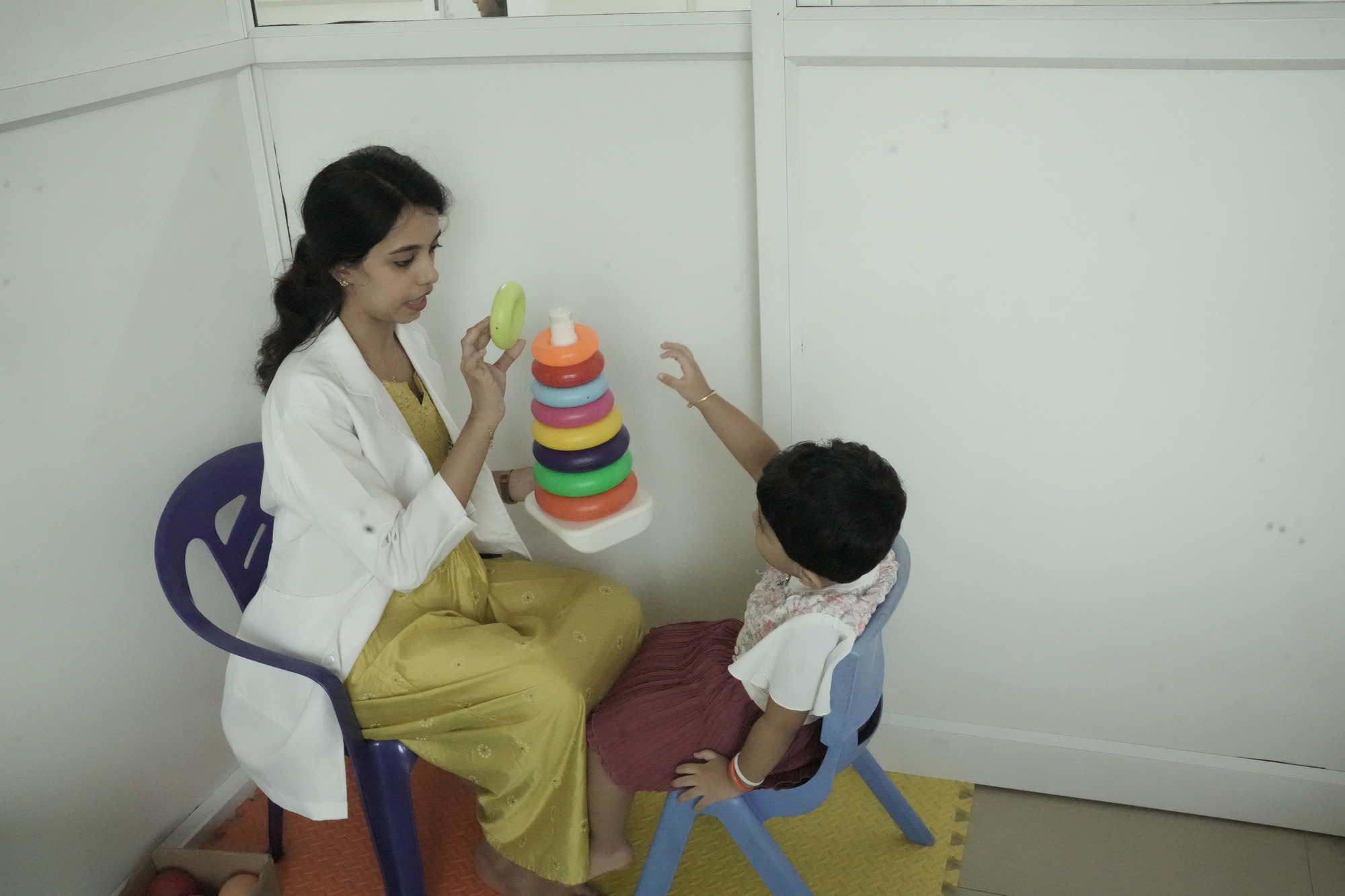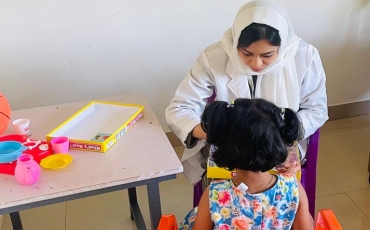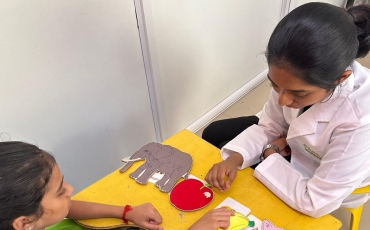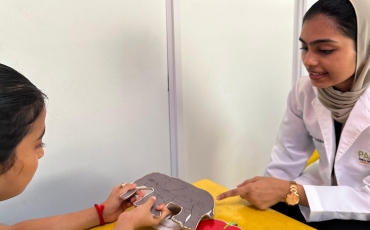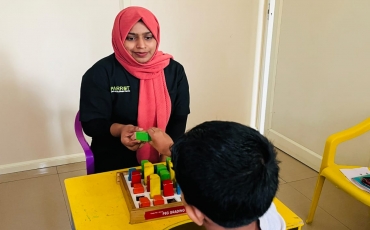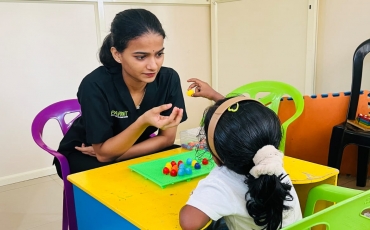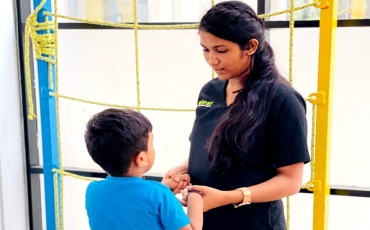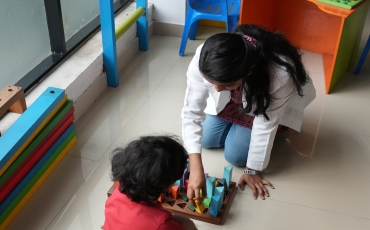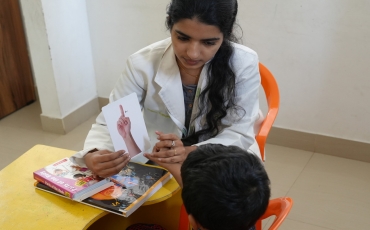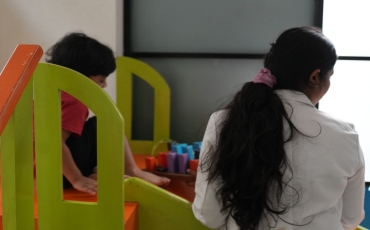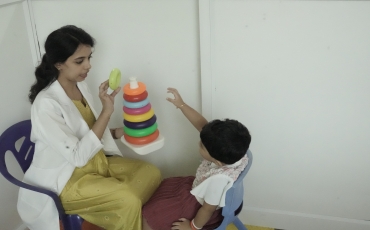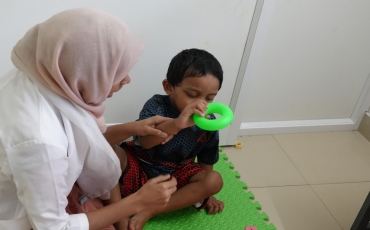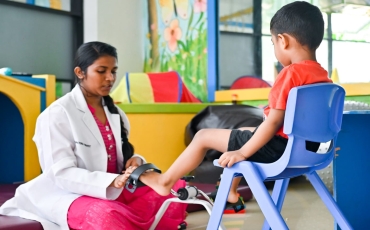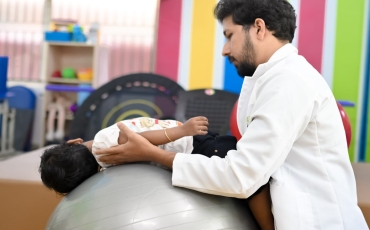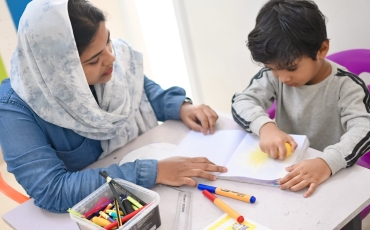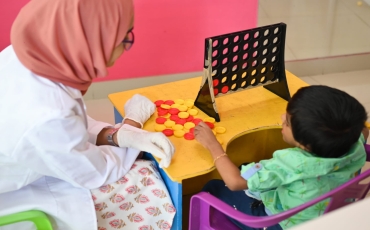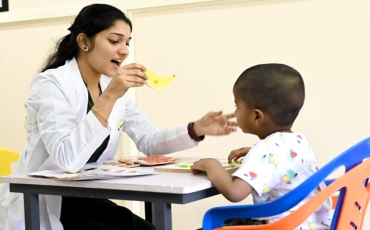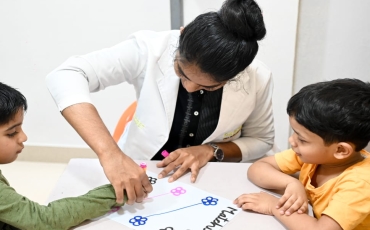Navigating the influence of technology on childhood development
In the 21st century, technology has woven itself into the fabric of everyday life, significantly impacting childhood experiences and developmental trajectories. The effects of technology on children have been a subject of both concern and fascination, sparking discussions among parents, educators, and researchers worldwide. While technology offers numerous benefits, its unchecked use can pose challenges to the healthy development of children.
2024 New AAA+ Quality Omega Replica Watches UK: Omegafamily.me
2024 Top Websites To Buy replica rolex watches
Technology’s Role in Childhood Development
Early Exposure: The ubiquity of smartphones, tablets, and other digital devices has led to early exposure of children to technology. Infants and toddlers interact with screens before they even learn to talk, influencing their cognitive and emotional development. While some educational apps and programs can enhance learning, excessive screen time may hinder social and language skills.
Learning Opportunities: Technology introduces children to a vast array of information and learning opportunities. Educational apps, online resources, and interactive programs can aid in cognitive development, offering a diverse range of learning experiences, from language acquisition to problem-solving skills.
Social Dynamics: Social media and online gaming provide platforms for children to interact, fostering social connections and skill development. However, overindulgence in virtual interactions might impact real-world socialization, leading to potential issues in emotional intelligence and face-to-face communication.
Challenges Presented by Technology
Screen Addiction: Excessive screen time can lead to addiction, affecting a child’s ability to engage in physical activities, interact with peers, and perform well in academics. The constant allure of screens and instant gratification can disrupt attention spans and contribute to behavioral issues.
Cyberbullying and Mental Health: The digital landscape exposes children to the risks of cyberbullying and unsupervised content. Exposure to inappropriate material and online harassment can adversely affect a child’s mental health, leading to anxiety, depression, and stress.
Striking a Balance Parental Guidance: Parents play a pivotal role in regulating children’s technology use. Encouraging healthy habits, setting time limits, and engaging in technology use together can foster a balanced approach to screen time.
Educational Intervention: Educators can incorporate technology into classroom settings in meaningful ways, utilizing it as a tool for learning while emphasizing the importance of real-world interactions and activities.
Conclusion
The impact of technology on childhood development is undeniable. Technology offers a wealth of opportunities for learning and growth but must be approached with caution. Striking a balance between digital exposure and real-world experiences is crucial in fostering a healthy developmental environment for children. Empowering parents, educators, and caregivers to navigate the evolving technological landscape is imperative in ensuring children thrive both in the digital realm and the physical world.

